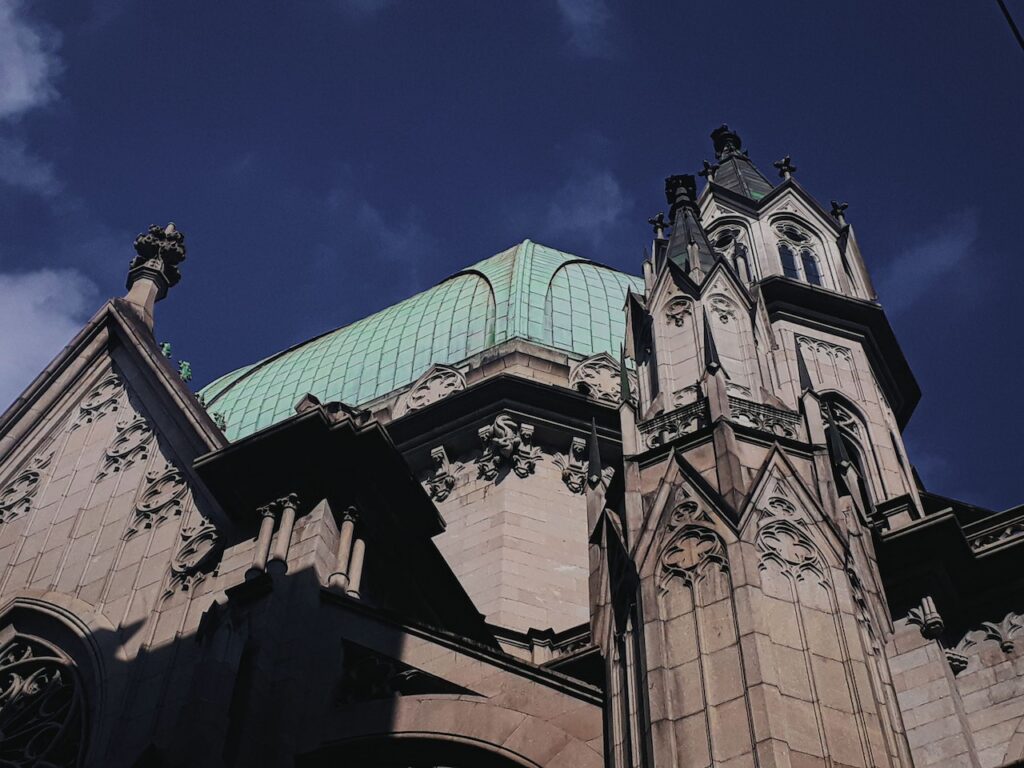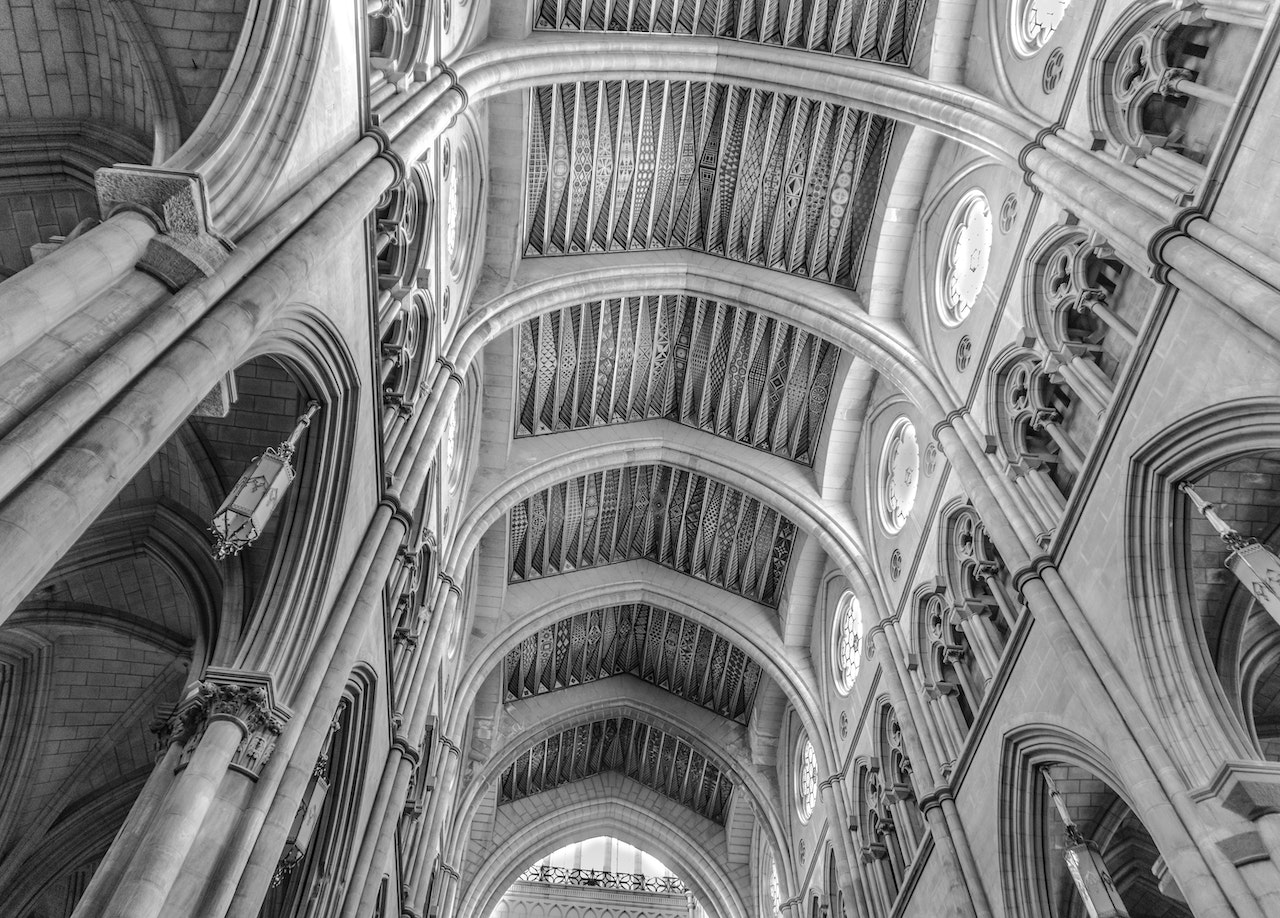New York City is renowned for its iconic skyline, filled with towering skyscrapers that showcase the city’s architectural prowess. Among these architectural gems, the Woolworth Building holds a special place. Standing tall at the intersection of Broadway and Park Place, this Gothic masterpiece has captivated the hearts and minds of New Yorkers and visitors alike. Here, we will delve into the history and significance of the Woolworth Building, exploring its Gothic splendor and its enduring legacy in the city’s rich history.
The Birth of an Icon
At the turn of the 20th century, Frank Winfield Woolworth, the founder of the Woolworth Company, envisioned a grand headquarters that would reflect his success and prosperity. He commissioned renowned architect Cass Gilbert to bring his vision to life, and together, they embarked on a journey that would forever change the New York City skyline.
Completed in 1913, the Woolworth Building soared to a height of 792 feet, making it the tallest building in the world at the time. Gilbert drew inspiration from Gothic cathedrals in Europe, blending their intricate detailing with modern skyscraper construction techniques. The result was a stunning fusion of old-world charm and contemporary innovation.
Exploring the Gothic Splendor
The Woolworth Building’s exterior showcases an array of Gothic architectural features. Adorned with exquisite terra-cotta detailing, the building boasts pointed arches, delicate tracery, and ribbed vaulting. The use of Gothic ornamentation on such a grand scale was unprecedented, making the Woolworth Building a true architectural marvel.
One of the defining features of the Woolworth Building is its iconic tower. Rising above the city, the tower is crowned with a copper-clad pinnacle, adding a touch of elegance to its Gothic aesthetic. The tower’s windows are set back, creating a series of illuminated setbacks that beautifully accentuate the building’s height.

The Woolworth Building’s Enduring Legacy
When the Woolworth Building was completed, it symbolized the triumph of American capitalism and the rise of the Woolworth Company. Its grandeur served as a testament to Frank Woolworth’s entrepreneurial spirit and success, leaving an indelible mark on the city’s history.
The Woolworth Building revolutionized skyscraper design, inspiring a generation of architects to blend historical styles with modern construction techniques. Its Gothic splendor set a new standard for architectural beauty and showcased the possibilities of pushing the boundaries of design.
It also marked a significant shift from traditional low-rise buildings to the majestic vertical cityscape we see today. With its remarkable height, it held the title of the world’s tallest building until 1930, setting new architectural standards and inspiring future innovations.
Its success served as a catalyst for other famous structures such as the Empire State Building and the Chrysler Building, all contributing to the iconic and dynamic skyline that defines New York City’s architectural heritage. The Woolworth Building’s pioneering design continues to influence the city’s skyline and stands as a symbol of New York’s unwavering commitment to architectural innovation.

Preserving the Past
Over the years, the Woolworth Building has faced the challenge of preserving its architectural integrity in a constantly changing urban landscape. However, recent years have seen dedicated efforts to restore and maintain the building, ensuring its historic charm remains intact.
Since being designated as a National Historic Landmark in 1966, the Woolworth Building has enjoyed protected status, preserving its legacy for future generations to appreciate and admire in New York City’s ever-evolving cityscape. Despite being surpassed in height by newer skyscrapers, it remains an iconic part of the New York City skyline, a testament to the timeless beauty of Gothic architecture.
Modern Luxury
The Woolworth Building stands today as a symbol of architectural excellence and timeless beauty. While it no longer serves as a bustling center of commercial activity, the building has been transformed into luxury condominiums that seamlessly blend its historic charm with modern amenities.
The building’s iconic observation deck remains open to the public, offering unparalleled views of the city’s skyline and allowing visitors to appreciate its stunning architecture from new heights. The enduring allure of the Woolworth Building continues to captivate visitors, making it a beloved landmark in the ever-changing landscape of New York City.
The Bottom Line
The Woolworth Building stands as a testament to the ingenuity and vision of its creator, Frank Woolworth, and the architectural brilliance of Cass Gilbert. Its Gothic splendor continues to awe and inspire, reminding us of the city’s rich history and the enduring legacy of those who dared to dream big. As we marvel at its towering presence, the Woolworth Building serves as a reminder that the intersection of old-world charm and modern innovation can create something truly extraordinary.



